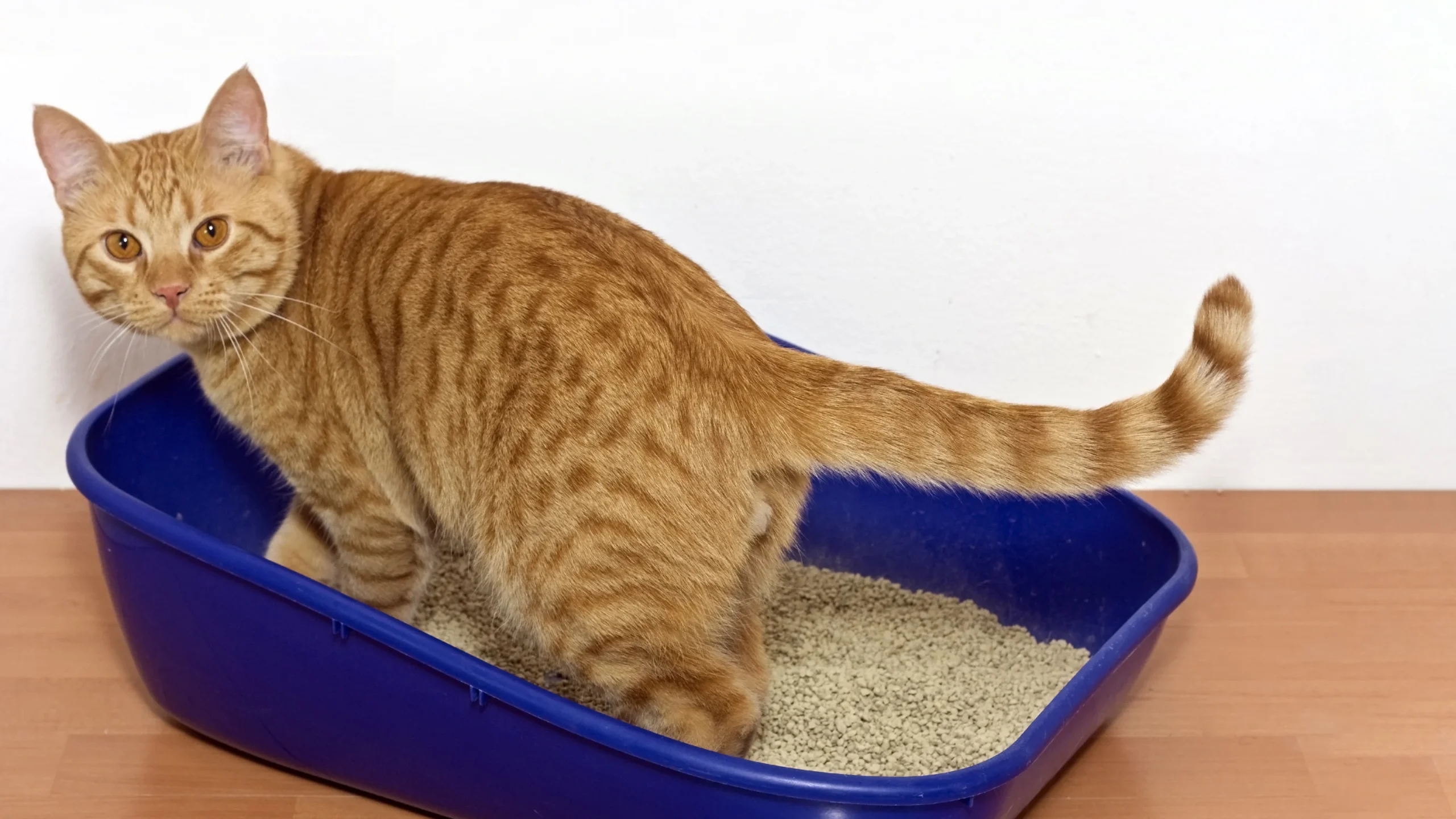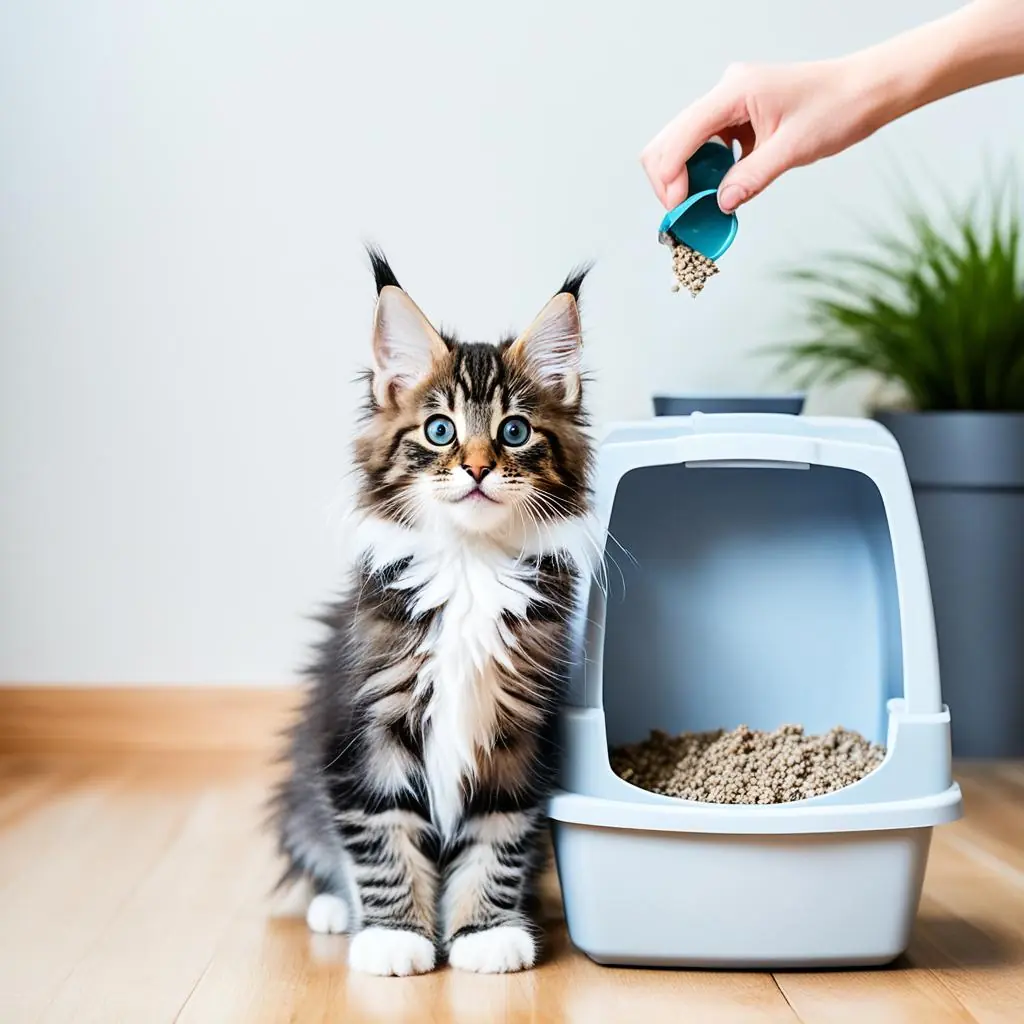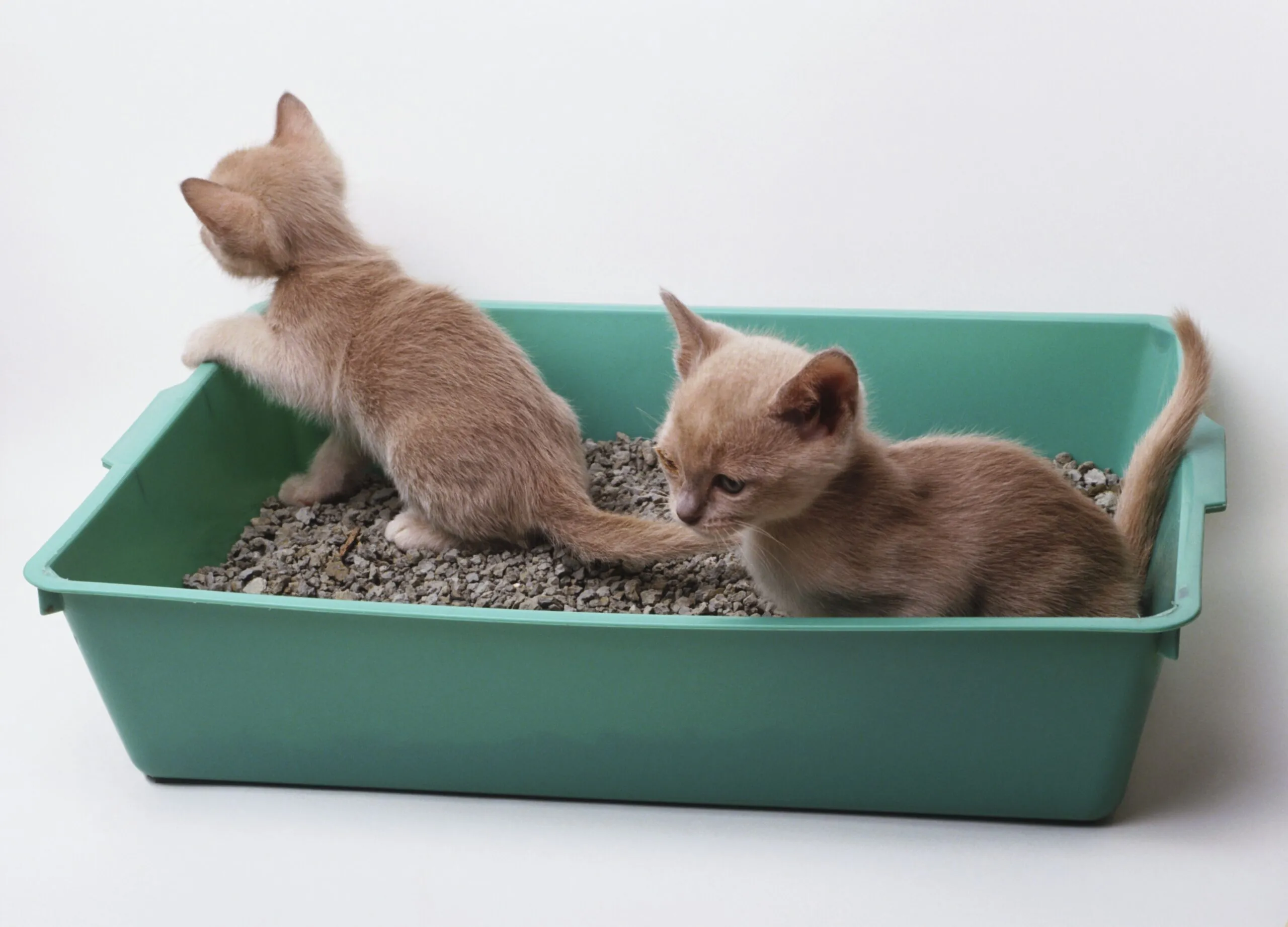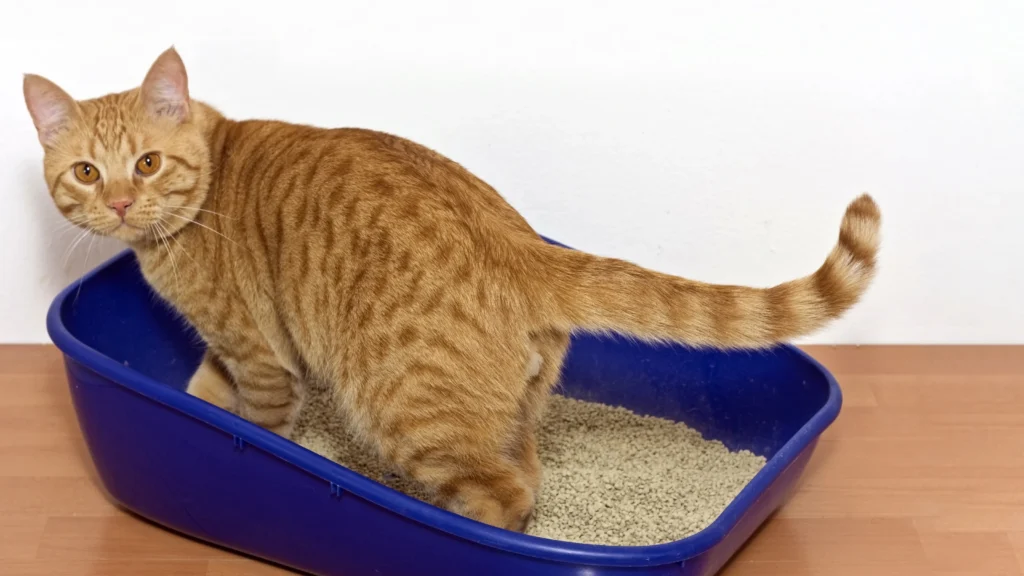No products in the cart.
Blog
How to Teach Your Cat to Use the Litter Box?
Hey there, fellow cat enthusiasts! If you’re reading this, there’s a good chance you’ve recently welcomed a furry little friend into your home, or you’re just looking to refine your cat-parent skills. Today, we’re diving into a topic that’s as essential as it is adorable—how to teach your cat to use the litter box. Spoiler alert: it’s usually a lot easier than it sounds!
>>>Read more: How to Clean Cat’s Ears Safely?

Understanding the Basics
Before we jump into the nitty-gritty of litter box training, let’s get a few things straight. Cats are generally clean animals. They instinctively want to bury their business, which means your job is half done for you! Most cats will naturally be inclined to use a litter box. However, the magic lies in creating an environment that makes them feel comfortable and safe doing so.
Step 1: Choosing the Right Litter Box
First things first, it’s crucial to select the right litter box. Here are a few tips:
- Size Matters: The box should be big enough for your cat to comfortably turn around in. Kittens may be more comfortable in smaller boxes initially, but as they grow, they’ll need something roomier.
- Open or Covered? Some cats prefer open boxes, while others feel more secure in covered ones. If your new feline friend is a bit shy, a covered box might be the way to go. Just make sure there’s good ventilation!
- Litter Type: There are countless options out there—from clumping clay to natural biodegradable litters. Cats can be picky, so it might take some trial and error to find what your cat loves best. A good starting point is clumping clay litter, as it’s often preferred by many cats due to its texture and odor control.
Step 2: The Perfect Spot
Now that you have your box, where should you put it? Location is everything when it comes to litter boxes. Here are some tips:
- Quiet Area: Place the litter box in a quiet, low-traffic area of your home. Cats prefer their “bathroom” to be away from loud noises or disruptions, so think of a secluded corner.
- No Food or Water Nearby: Cats don’t want to mix their bathroom habits with eating and drinking, so be sure to keep the litter box far from their food and water dishes.
- Accessibility: If you have a multi-level home, you might want to have a box on each level to make it easy for your kitty to access when nature calls.

Step 3: Introducing Your Cat to the Litter Box
Now that you’ve set everything up, it’s time to introduce your cat to their new litter box. Here’s how to make this a smooth process:
- Show Them the Box: When you first bring your cat home or introduce them to the litter box, gently place them inside the box. Allow them to explore and sniff around.
- Regular Monitoring: Keep an eye on your cat for signs they need to go—a bit of pawing at the ground, sniffing around, or pacing. Gently guide them back to the box if you notice these behaviors.
- Post-Meal Guidance: Cats often need to relieve themselves after eating. So, after mealtime, take your cat and place them in the litter box to reinforce the connection.
Step 4: Praise and Reward
Who doesn’t love a bit of praise? Positive reinforcement is key when training your cat:
- Celebrate Success: Every time your cat uses the litter box, give them a little treat or affectionate praise. A gentle “Good kitty!” or a scratch behind the ears goes a long way.
- Avoid Punishment: If your cat has an accident elsewhere, it’s crucial not to scold them. Punishment will only create fear and stress, which can lead to more accidents. Instead, focus on redirecting them to the litter box.
Step 5: Keep It Clean
A major factor in litter box success is cleanliness. Cats are finicky about their bathroom habits, so here’s what you need to do:
- Scoop Daily: Litter boxes should be scooped at least once a day. If you’re lax about this, your cat may refuse to use it.
- Change Litter Regularly: Change all the litter every week or so, depending on how multiple cats you have using the box. And, of course, wash the box itself with mild soap and water.
- Consider Multiple Boxes: If you’ve got a multi-cat household, the golden rule is one litter box per cat, plus one extra. This helps to reduce territorial disputes and keeps everyone happy.
Troubleshooting: What If Things Go Wrong?
Sometimes, our fluffy companions can be a bit… stubborn! If your cat refuses to use the litter box:
- Vet Check: First, rule out any medical issues. Health problems like urinary tract infections can lead to litter box avoidance.
- Revisit Location and Type: Consider if the box’s location is still ideal. Also, experiment with different types of litters and boxes.
- Feline Pheromones: Sometimes, investing in feline pheromone diffusers can help calm cats and make them feel secure in their environment.
>>>Buy now: Awesome Since November 1972 50 Years Old Gifts Cat Lovers Hoodie

Final Thoughts
Training your cat to use the litter box is usually a straightforward process, and with patience, you’ll both get the hang of it in no time. Always remember: a little love, a sprinkle of patience, and a sprinkle of practicality will go a long way in making your home a litter-free sanctuary. Before you know it, your new kitty will be a pro at using the box!
So, kick back, relax, and enjoy this delightful journey with your feline friend. And if you ever need support or have any tips to share, we’d love to hear from you in the comments below! Happy litter training!


